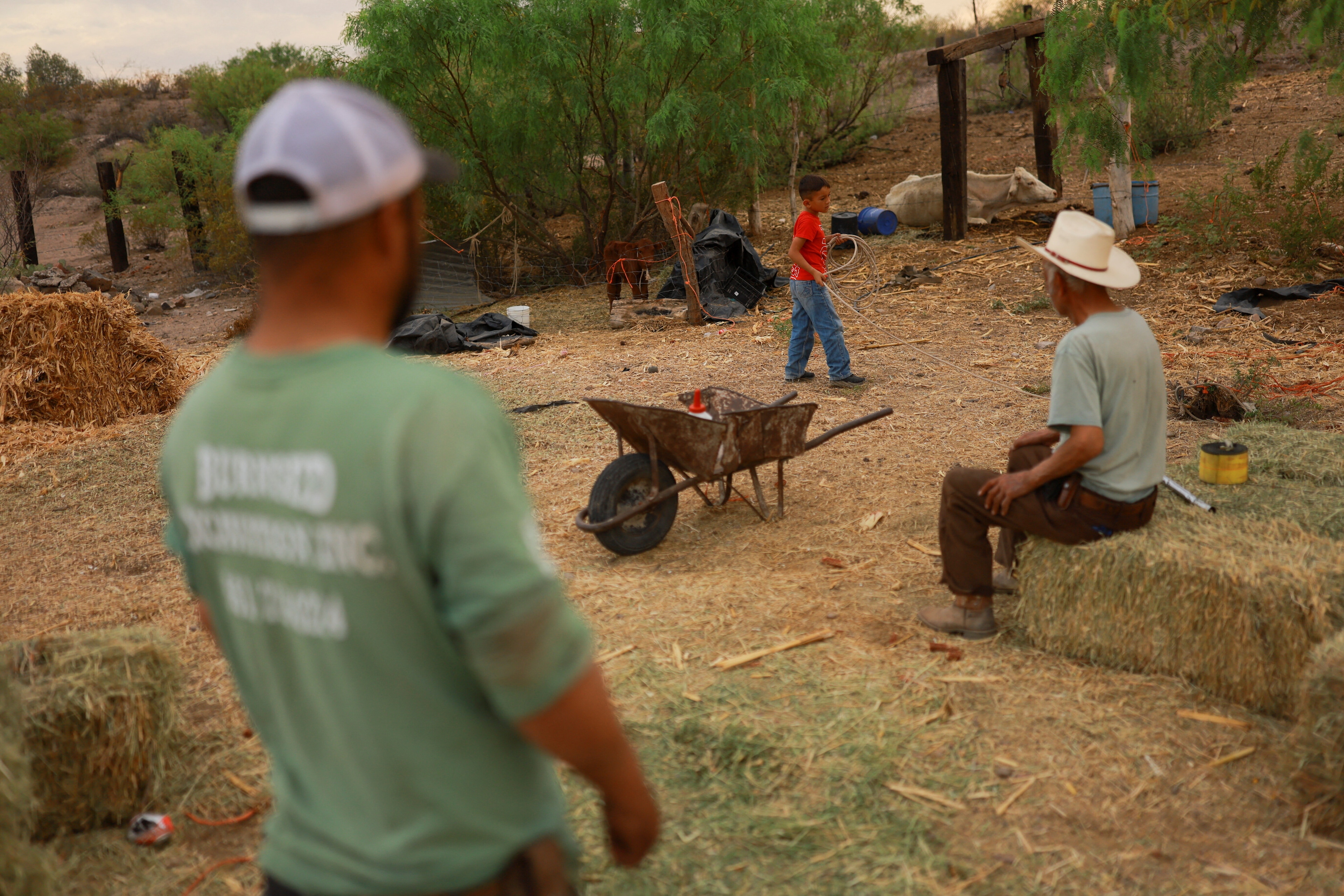We rarely speak about this major cause of gender inequality

A girl selling apples by the roadside waits for customers. Image: REUTERS/Finbarr O'Reilly
During the last century, the battle to secure equality for women and girls has been fought in the classroom, in the voting booth, and in the boardrooms of Fortune 500 companies. But if gender inequality is ever to be abolished, we can no longer afford to neglect one of its major causes and consequences: malnutrition.
Right now, a staggering 1.6 billion people worldwide suffer from anemia, a condition strongly connected to iron deficiency – and one of the symptoms of a global nutrition crisis that disproportionally affects women. Indeed, anemia afflicts twice as many women as men – nearly one in three women and girls worldwide – and contributes to one-fifth of all maternal deaths.
Central Banking’s Final Frontier?Anatole Kaletskyweighs the views of Raghuram Rajan, Adair Turner, Stephen Roach, and others on how far today’s increasingly exotic monetary policies can and should go.
In 2012, the World Health Assembly endorsed a target to reduce the rate of anemia by 50% by 2025. But, at the current rate of progress, this target will not be reached until 2124. Despite hard-won gains for women, we remain a century behind schedule on an issue that is key to their health and development – and to that of their children.
But there is hope. If we invest in better nutrition now, we can ensure a brighter future for girls and women everywhere – for the next hundred years and beyond.

We can no longer treat gender discrimination and malnutrition as separate issues. The two are inextricably linked; they reinforce each another in a pattern that touches women at every stage of their lives. Malnutrition – in all of its forms – is both a cause and an effect of the profound power imbalance between men and women.
Gender inequality begins in the womb. Every year, 16 million adolescent girls give birth, most in low- and middle-income countries. If a mother lives in an area where stunting rates are high and she is in her mid-teens, her child is more likely to be stunted – and thus more susceptible to disease and largely irreversible cognitive underdevelopment, adversely affecting their ability to benefit from education and reach their full potential.
These children will usually go on to earn less, which increases their likelihood of living in poverty, being malnourished, and, as a result, facing a higher risk of developing chronic diseases such as diabetes and hypertension later in life. And, given the societal and economic biases against women in most countries, these early life circumstances place girls at an even more severe disadvantage. The cycle then repeats itself; these disempowered and malnourished women give birth to stunted babies, perpetuating the cycle of inequality.
To improve nutrition outcomes for girls and women, we need to scale up proven nutrition interventions and ensure that other development programs take nutrition into account. It is critical, for example, that we promote early and immediate breastfeeding – an incredibly powerful tool against both stunting and obesity.
Development policies and programs must also take gender imbalances into consideration. Social protection programs that improve women’s control of income transfers, for example, are linked to better nutrition outcomes for them and their families.
In many countries, women eat last in the family, reducing their chances of getting the right nutrition. Maternity and breastfeeding provisions are also weak, making it difficult for women to nurse their children. Behavior-change programs, communication, and role modeling can all be helpful in weakening the grip of harmful social norms concerning nutrition and gender.
Accomplishing this will require a blueprint for political action. On June 14, the 2016 Global Nutrition Report will launch globally. The report aims to assess progress, improve accountability for meeting global commitments, and recommend actions for government and key stakeholders to end all forms of malnutrition by 2030.
The conversation must begin today. This week, the Women Deliver 2016 Conference – the largest meeting of girls’ and women’s advocates in a decade – is taking place in Copenhagen. More than 5,000 global leaders, policymakers, and advocates from 150 countries are convening to discuss, among other issues, how to break the cycle of poverty and gender inequality that undermines women’s health. The call for action to sever the link between nutrition and gender inequality must be loud enough to echo around the world.
We must eliminate all factors that perpetuate gender inequality. And that starts with better nutrition for all. The next century of progress depends on it.
Don't miss any update on this topic
Create a free account and access your personalized content collection with our latest publications and analyses.
License and Republishing
World Economic Forum articles may be republished in accordance with the Creative Commons Attribution-NonCommercial-NoDerivatives 4.0 International Public License, and in accordance with our Terms of Use.
The views expressed in this article are those of the author alone and not the World Economic Forum.
Stay up to date:
Future of Global Health and Healthcare
Related topics:
Forum Stories newsletter
Bringing you weekly curated insights and analysis on the global issues that matter.






